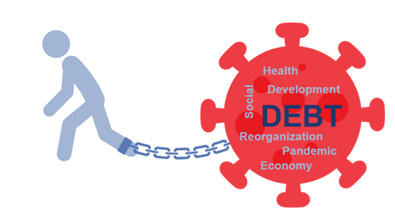Free Courses Sale ends Soon, Get It Now


Free Courses Sale ends Soon, Get It Now



Disclaimer: Copyright infringement not intended.
Context
State vs Union Government Spending
Categorization of Expenditures:
Sources of Funds for State Governments:
Kerala's Financial Situation:
Case for Increased Government Spending:
Conclusion:
READ IN DETAIL: https://www.iasgyan.in/daily-current-affairs/government-borrowing-or-public-debt
|
PRACTICE QUESTION Q. Discuss the role of public debt in India's fiscal policy framework and its implications for economic stability and development. Evaluate the factors influencing the sustainability of public debt and analyze the measures to manage and mitigate the risks associated with rising debt levels. |
© 2024 iasgyan. All right reserved